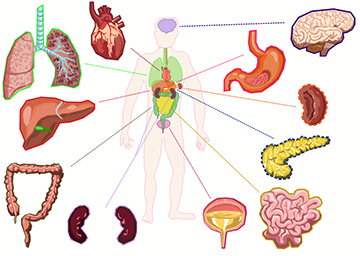Real-World Problems Being Solved By Mathematicians
Organ Donation
Real-World Problem

How do transplant surgeons match patients awaiting transplants with organ donors, saving the maximum number of lives?
Being Solved by Mathematicians
Organ transplant organizations keep lists of thousands of potential donors, and patients awaiting donations. According to the Canadian Transplant Society, over 1,600 Canadians are added to organ wait lists yearly.
In order for an organ donation to be accepted by the recipient’s body, the health of patient and donor must be compatible across several factors (e.g. blood type, bone structure, etc.) Organ transplant organizations maintain large databases of patients awaiting transplants and potential organ donors, along with which pairs of people are potentially compatible for a donation to be successful.
Of many potential matches that could be made, which ones actually should be made so that a maximum number of patients receive a successful donation?
Mathematicians and computer scientists are regularly involved in determining which matches should be made so that the most lives are saved.
Try Your Hand...
A small database of patients and donors is given, along with the patient-donor matches that are compatible. What is the maximum number of matches that can be made? How can you be sure?
Back to full list of problems



 CEMC
CEMC